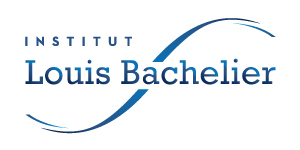Although the cattle sector is both emissions- and land-intensive, it also represents a great opportunity for mitigation through reforestation. However, implementing a Pigouvian instrument on GHG emissions from this sector faces various barriers. Regulating land use instead of emissions might be a good alternative, as it could simultaneously limit beef production (extensive margin effect) and trigger mitigation through intensification (intensive margin effect) while freeing land for carbon sequestration. To study the efficiency of such land-use regulation, we develop a stylized partial equilibrium model of the beef sector that integrates land use, GHG emissions, and cattle feeding. In the model, farmers choose cattle feeding, which determines the land and emission intensity of meat production. We analyze the first-best emission tax and three second-best instruments: a subsidy to set aside land for natural forest regeneration, a meat tax, and a technical standard on cattle feeding. We then compare the mechanisms and the welfare impacts of these policies. Our analytical results indicate that the subsidy is the best alternative policy, provided that the elasticities of land use and emissions to cattle feeding are close. Interestingly, we show that the optimal meat tax should integrate the carbon opportunity cost of land use. A numerical application of the model to the French beef market shows that the subsidy, which acts at both margins, dominates the meat tax and the technical standard for a large set of parameter values and never induces large welfare losses.
No Upcoming Events found!


